
Former Ohashi House
Step into the opulent Edo-era life of a wealthy merchant family at the Former Ohashi House, a beautifully preserved historical residence in Kurashiki.
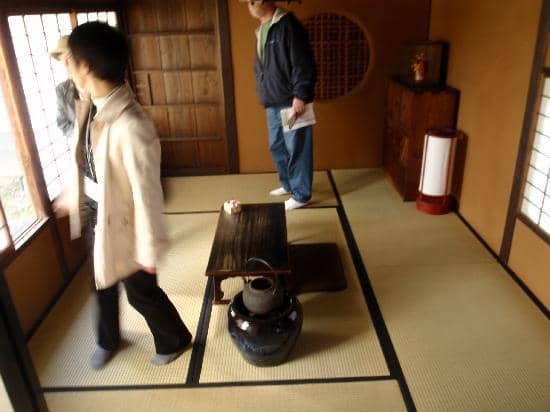
Highlights
Must-see attractions
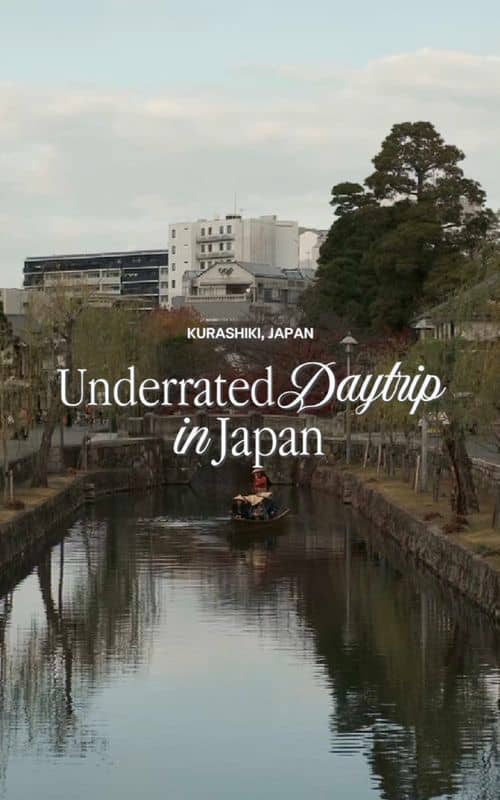
Social
From TikTok & Reddit
Best Time
Fewer crowds, peaceful exploration

Former Ohashi House
Best Time
Fewer crowds, peaceful exploration

Highlights
Must-see attractions
Step into the opulent Edo-era life of a wealthy merchant family at the Former Ohashi House, a beautifully preserved historical residence in Kurashiki.
"It gives a real sense of place, being able to look out into the contemplative gardens, and see how they live."
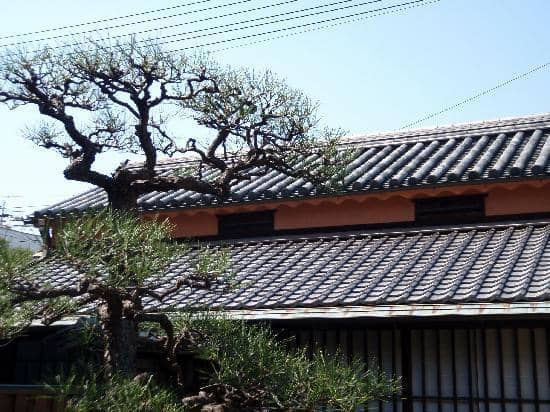
🎯 Discreet Entrance
Entrance can be hard to spot; look for the sign and open the door. A friendly lady awaits! :wave:
💰 Affordable Entry
Entrance fee is 550 yen per adult, offering great value for a historical experience. :moneybag:
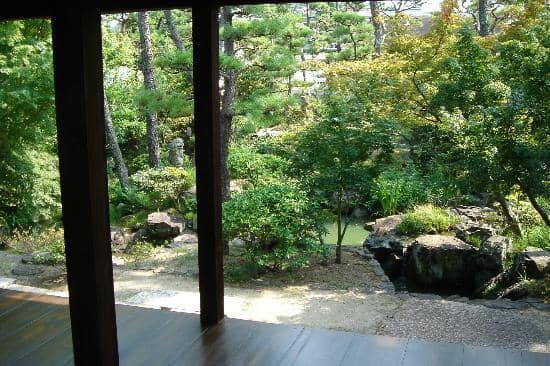
Highlights
Discover the most iconic attractions and experiences

Edo-Period Architecture
Throughout the house
Wander through rooms showcasing the grandeur of a wealthy merchant's home from the Edo era.
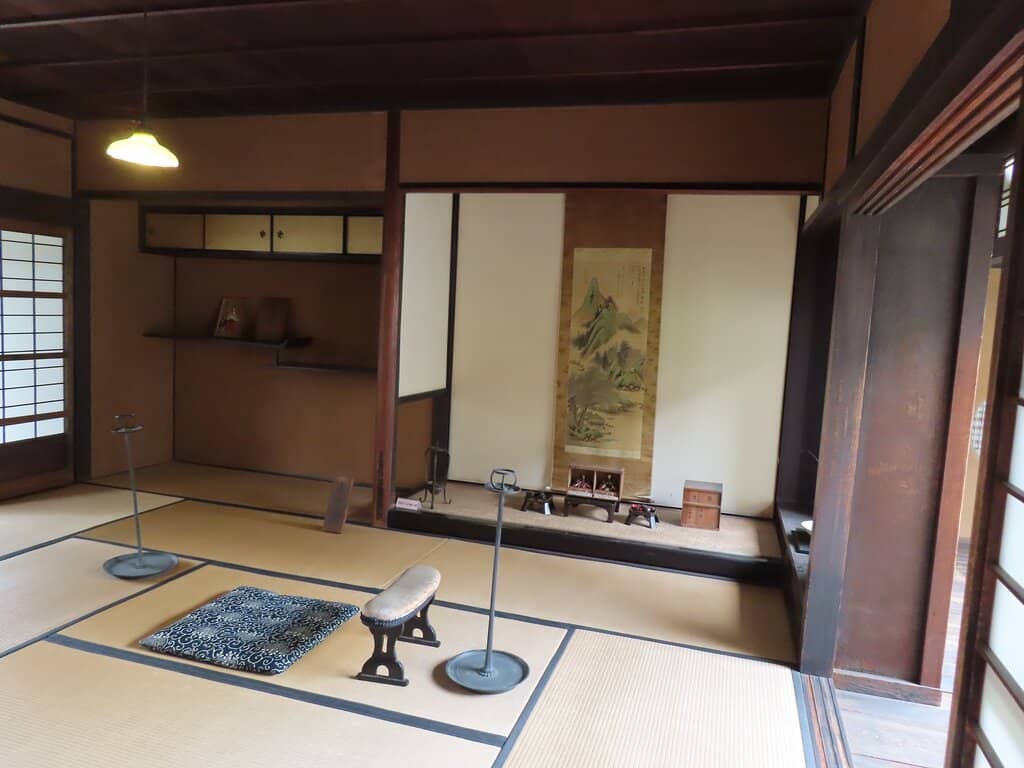
Contemplative Gardens
Visible from most rooms
Enjoy tranquil garden views from nearly every room, offering a peaceful escape and a sense of place.
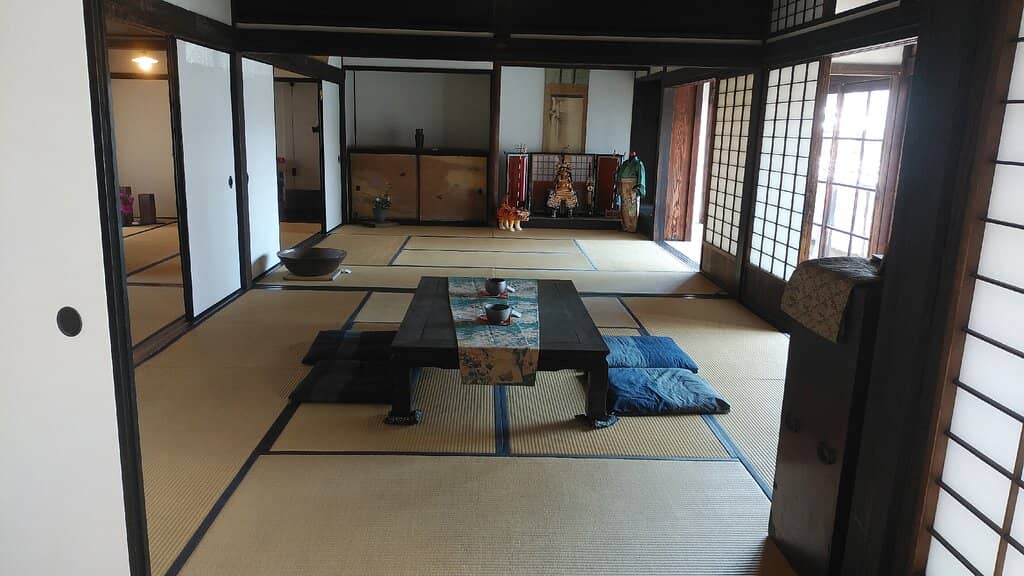
Historical Merchant's Life
Interior rooms
Gain insight into the daily life and status of an influential rice merchant family from centuries past.
Plans like a pro.
Thinks like you
Planning Your Visit
Edo-Era Merchant Life
Navigating Your Visit
Best Times
Insider Tips
from TikTok, Instagram & Reddit
🎯 Discreet Entrance
Entrance can be hard to spot; look for the sign and open the door. A friendly lady awaits! :wave:
💰 Affordable Entry
Entrance fee is 550 yen per adult, offering great value for a historical experience. :moneybag:
🗣️ Limited English
English translations are minimal, but staff are helpful. Embrace the immersive atmosphere! :speech_balloon:
🌿 Garden Views
Enjoy serene garden vistas from almost every room for a truly peaceful visit. :evergreen_tree:
Tips
from all over the internet
🎯 Discreet Entrance
Entrance can be hard to spot; look for the sign and open the door. A friendly lady awaits! :wave:
💰 Affordable Entry
Entrance fee is 550 yen per adult, offering great value for a historical experience. :moneybag:
🗣️ Limited English
English translations are minimal, but staff are helpful. Embrace the immersive atmosphere! :speech_balloon:
🌿 Garden Views
Enjoy serene garden vistas from almost every room for a truly peaceful visit. :evergreen_tree:
What Travellers Say
Reviews Summary
Visitors praise the Former Ohashi House for its authentic preservation of Edo-era merchant life and its serene garden views, offering great value for the modest entrance fee. Some wish for more English explanations to fully grasp the historical context of each room.
"The entrance fee was 550yen per adult with no waits. The entrance maybe hard to spot and the doors may be closed, but look for the sign and just open the door. You'll be greeted by a nice lady.
Wandering around was interesting and fun, but it would've been nice to have some explanations in each room (what was it and how it has been used, etc.).
I went there on a rainy day and there was almost no people visiting besides me."
Mooky T
"I wish they had more english translations, otherwise this is a perfect visit to see what a wealthy Edo-era ( roughly early 17th to mid-19th century ) merchant's home looked like.
The family were once samurai until their ancestors fought for the losing side at the end of the warring-states period. They were living under a bridge, which gives them their name ( literally big bridge) , then they became successful rice merchants.
There are decorations everywhere , and almost every room has a view of a garden or some kind of nature. It's not perfect , but it tries to be faithful to how it looked historically, unlike the nearby Ohara home which is more of a museum. If you only want to visit one out of the two, I'd visit here."
Nathan f
"This was an extremely interesting visit and gives a real sense of how a wealthy merchant lived back in the day. I was extremely impressed by the English introduction given at reception, and the lady was extremely helpful in answering questions as well. (To those wondering, yes the Ohashi family still exists and currently lives in Okayama).
Being able to wander from room to room was very enjoyable, and it gives you a real sense of place, being able to look out into the contemplative gardens, and see how they live."
Jayke Kyndrede
What People Like
What People Dislike
Frequently Asked Questions
🚇 🗺️ Getting There
The Former Ohashi House is located in Kurashiki, which is about a two-hour train ride from Osaka. You can take a Shinkansen to Okayama Station and then transfer to a local train to Kurashiki Station. From Kurashiki Station, it's a short walk or taxi ride to the historical district where the house is located.
Yes, the Former Ohashi House is located in the Kurashiki Bikan Historical Quarter, which is accessible by local buses from Kurashiki Station. Walking from the station is also feasible if you enjoy a stroll through the charming streets.
Once you arrive in Kurashiki, the Former Ohashi House is within the Bikan Historical Quarter. It's best explored on foot, allowing you to soak in the atmosphere of the canals and traditional buildings.
There are several public parking lots available in the vicinity of the Kurashiki Bikan Historical Quarter. If you are driving, look for signs directing you to parking areas.
Absolutely! Kurashiki, including the Former Ohashi House, is a popular day trip destination, especially from Osaka and Hiroshima. It's often referred to as the 'Venice of Japan' for its picturesque canals.
🎫 🎫 Tickets & Entry
The entrance fee for the Former Ohashi House is 550 yen per adult. It's considered a very reasonable price for the historical experience it offers.
Advance booking is generally not required for the Former Ohashi House. You can typically purchase tickets upon arrival.
While specific hours can vary, historical houses like the Former Ohashi House are usually open during daytime hours. It's advisable to check their official website or local tourist information for the most up-to-date opening times.
The entrance can be a bit discreet and the doors might appear closed. Look for the sign and don't hesitate to open the door; you'll be greeted by staff.
Discounts are not commonly advertised, but the standard entrance fee is quite affordable. Check with local tourist information centers for any potential package deals if you plan to visit multiple attractions in Kurashiki.
🎫 🧭 Onsite Experience
Inside, you'll find beautifully preserved rooms that showcase the lifestyle of a wealthy Edo-era merchant family. Many rooms offer views of serene gardens, providing a sense of peace and historical immersion.
While there are limited English translations in each room, the reception often provides an English introduction. The staff are generally helpful in answering questions about the house's history and its former inhabitants.
A visit to the Former Ohashi House usually takes about 30 minutes to an hour, depending on your pace and interest in exploring each room and garden.
Yes, the Former Ohashi House offers many picturesque spots for photography, especially with its traditional architecture and garden views. However, be mindful of any posted restrictions on photography inside certain areas.
Unlike more museum-like exhibits, the Former Ohashi House aims to be faithful to its historical appearance, offering a more authentic feel of how a wealthy merchant lived. It's less of a curated museum and more of a preserved residence.
📸 📸 Photography
The garden views from the rooms are particularly stunning for photography. The traditional architecture of the house itself also provides beautiful backdrops.
While generally allowed, it's always best to check for any specific signage regarding photography restrictions within certain rooms or areas of the house.
Mornings or late afternoons can offer softer lighting for photography. Visiting on a less crowded day, like a weekday morning, will also allow for more unobstructed shots.
Drone usage is typically restricted in historical districts and residential areas to preserve the atmosphere and for safety reasons. It's highly unlikely to be permitted.
A versatile lens, such as a 24-70mm, would be useful for capturing both interior details and wider garden shots. A prime lens like a 50mm can also be great for intimate interior shots.
For Different Travelers
Tailored advice for your travel style
👨👩👧 Families with Kids
Encourage kids to notice the different views from each room and discuss what they think people did in these spaces. The historical context, though with limited English, can spark curiosity. The relatively low entrance fee makes it an accessible addition to a day exploring Kurashiki's historical district.
🏛️ History Buffs
Pay attention to the architectural details and the integration of gardens, which reflect the values and aesthetics of the time. The house's history, from its samurai origins to its success in rice trading, provides a compelling narrative. Comparing it to other historical residences in the area, like the Ohara Home, can offer a deeper understanding of different preservation approaches.
📸 Photographers
Focus on capturing the details: the textures of the wooden beams, the patterns of the shoji screens, and the tranquil garden vistas. Visiting during off-peak hours, like weekday mornings, will allow for more creative freedom without crowds.
Deep Dives
In-depth insights and expert knowledge
The Ohashi Family's Legacy
The family's descendants continue to maintain the house, ensuring its historical integrity. This dedication allows visitors to experience an authentic glimpse into the Edo period, a stark contrast to more curated museum experiences. The emphasis is on preserving the feel of how a wealthy merchant lived, rather than just displaying artifacts.
Understanding this lineage adds depth to the visit. It's not just an old house; it's a testament to a family's journey through Japanese history, from warrior class to prosperous traders. The continuity of their legacy is a fascinating aspect that resonates throughout the property.
Experiencing Edo-Era Aesthetics
Decorations are thoughtfully placed throughout the house, enhancing the visual appeal without overwhelming the senses. The design prioritizes harmony and balance, characteristic of traditional Japanese architecture. Wandering from room to room allows you to appreciate the flow and interconnectedness of the living spaces, giving a real sense of place.
While English explanations are sparse, the visual storytelling is powerful. The way light filters through the windows, the textures of the materials, and the serene garden vistas all combine to create an immersive historical experience. It’s a place where you can feel the history rather than just read about it.

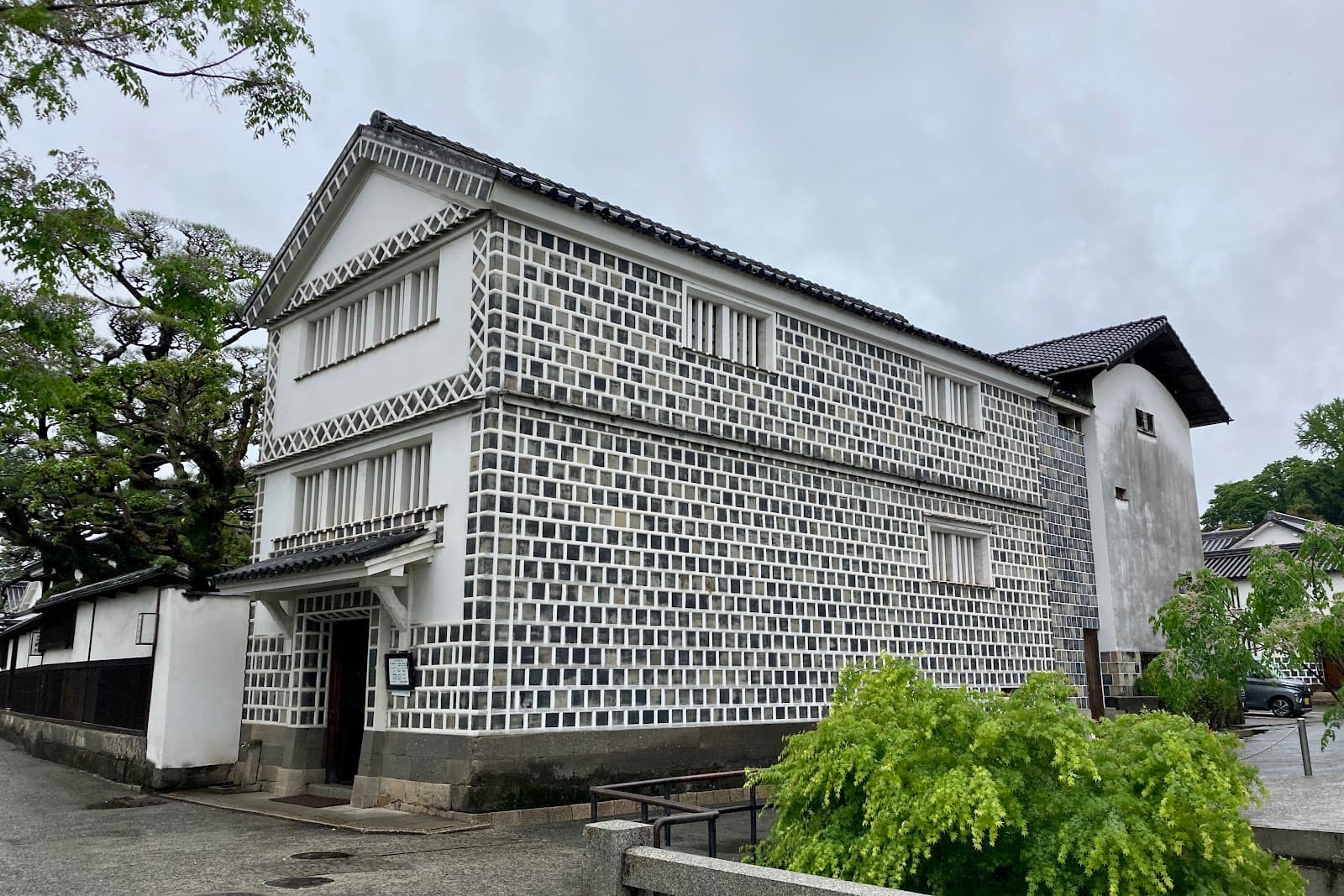
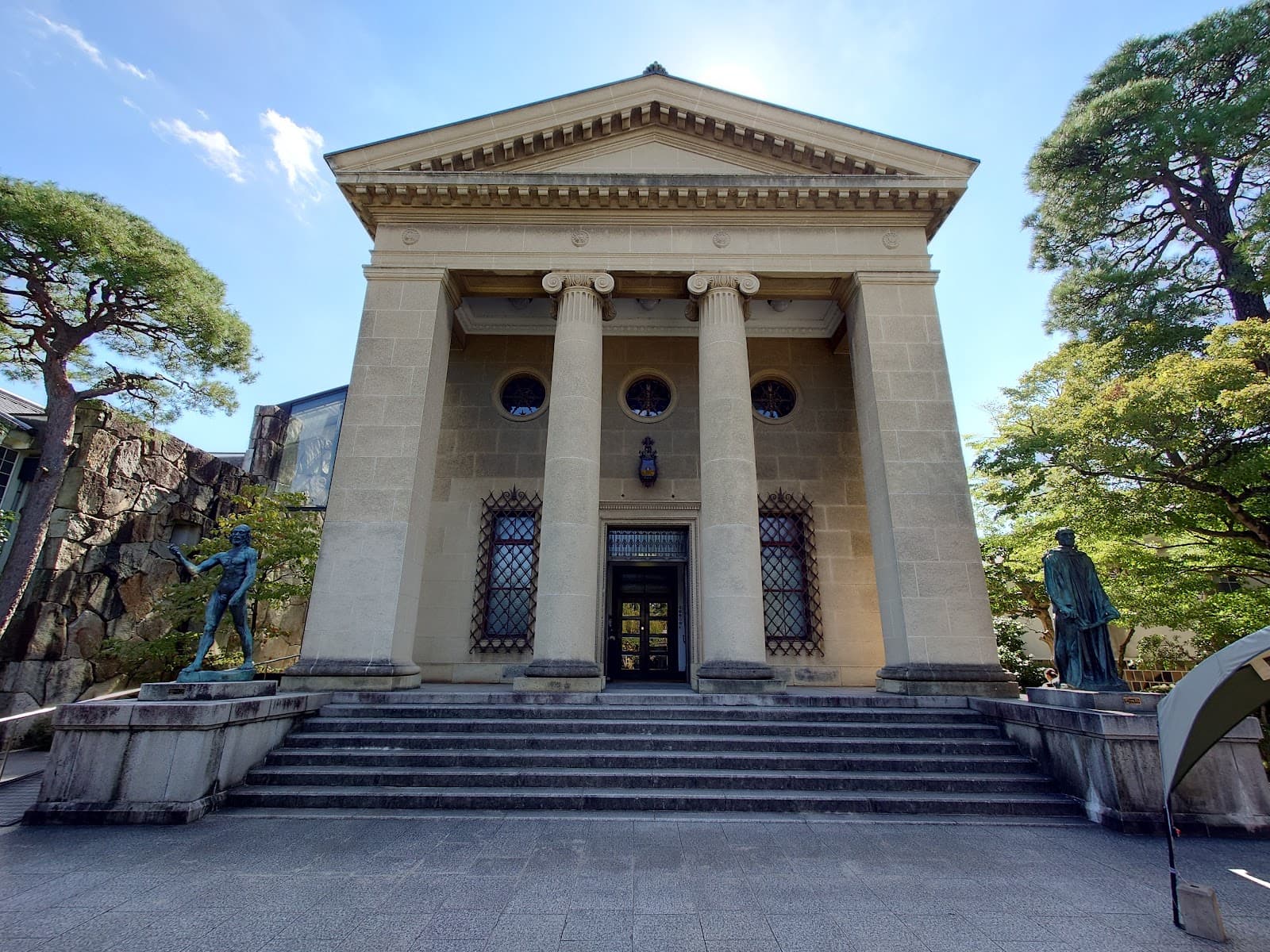
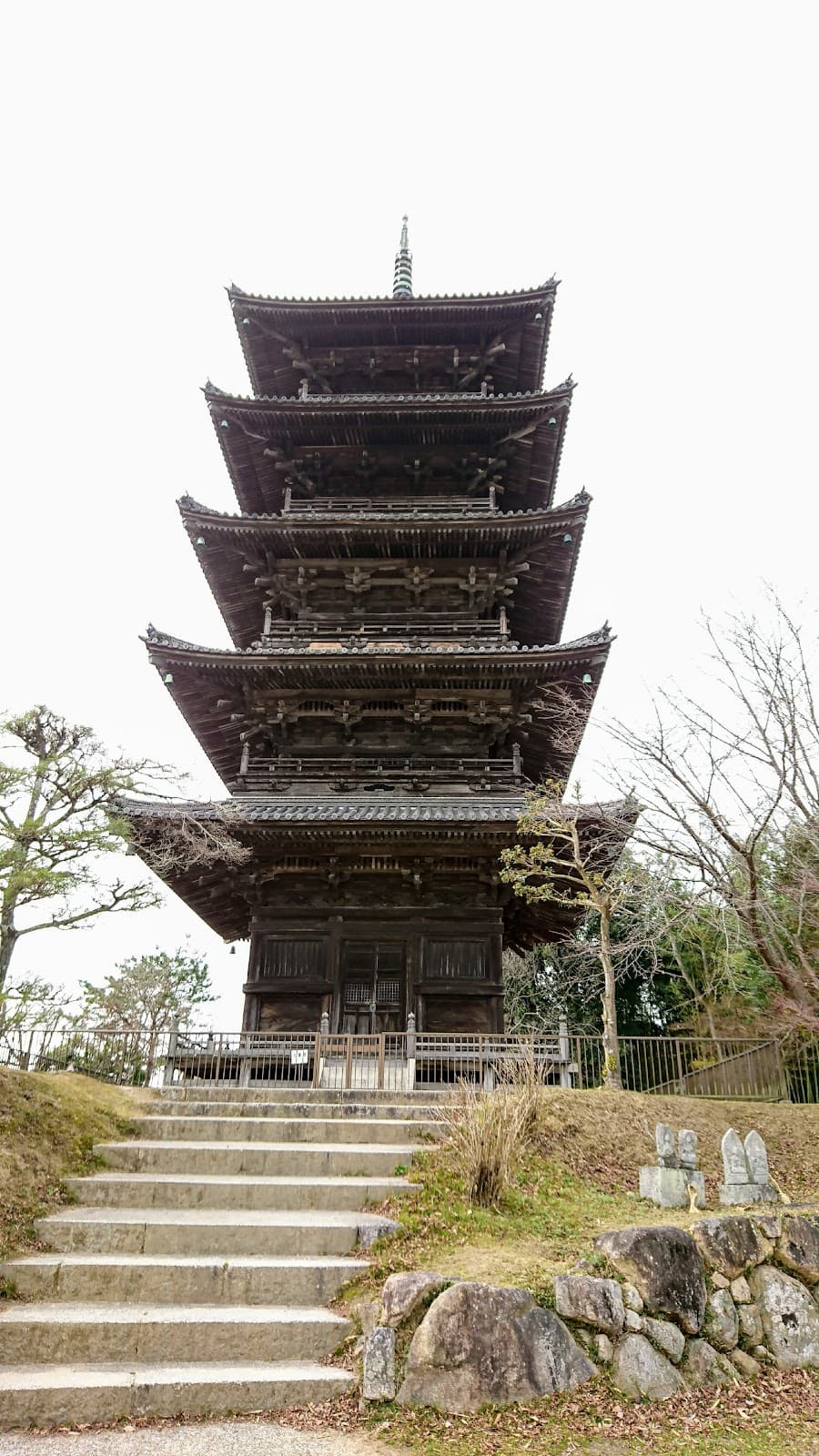
Social
from TikTok, Instagram & Reddit